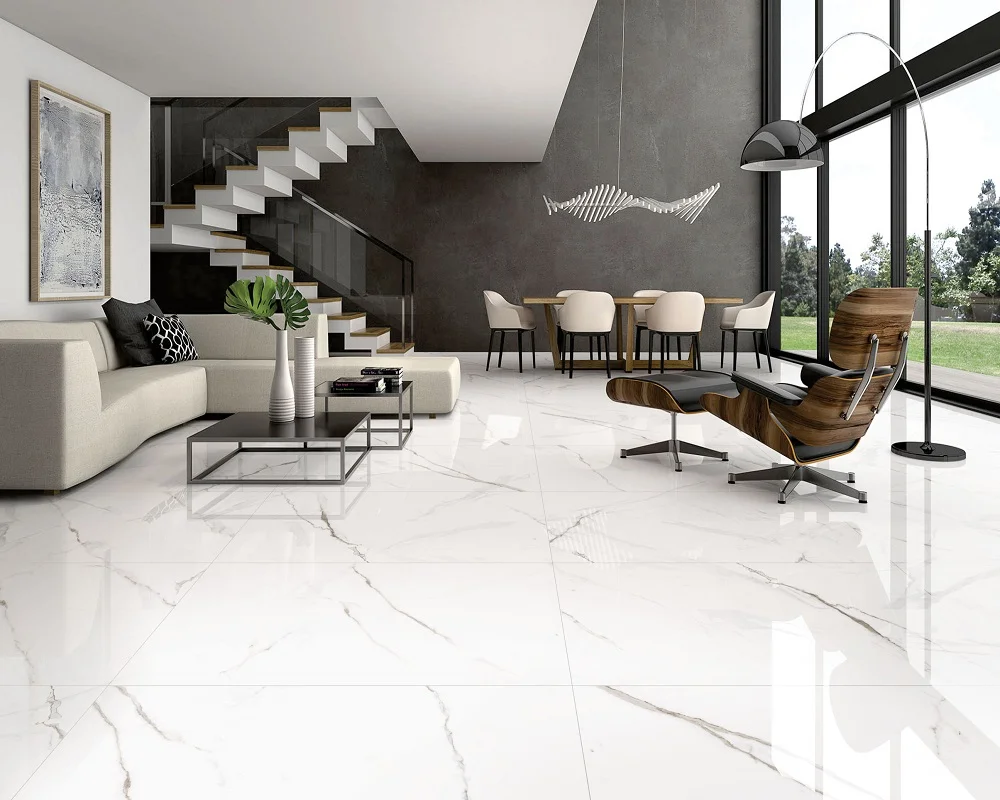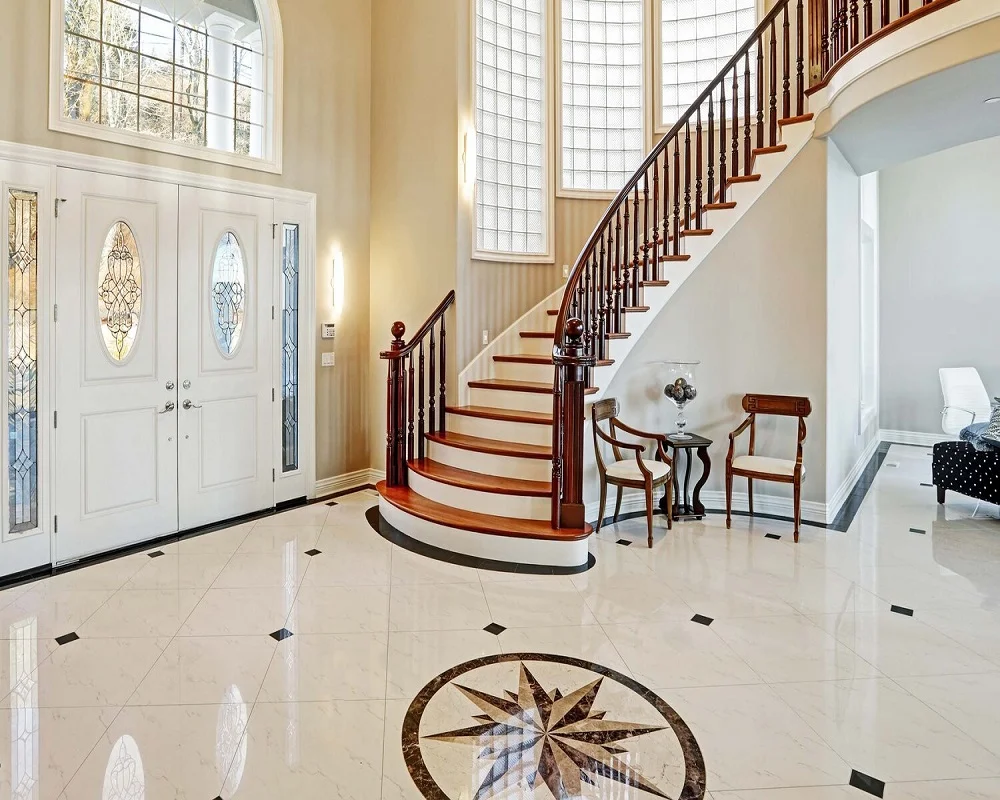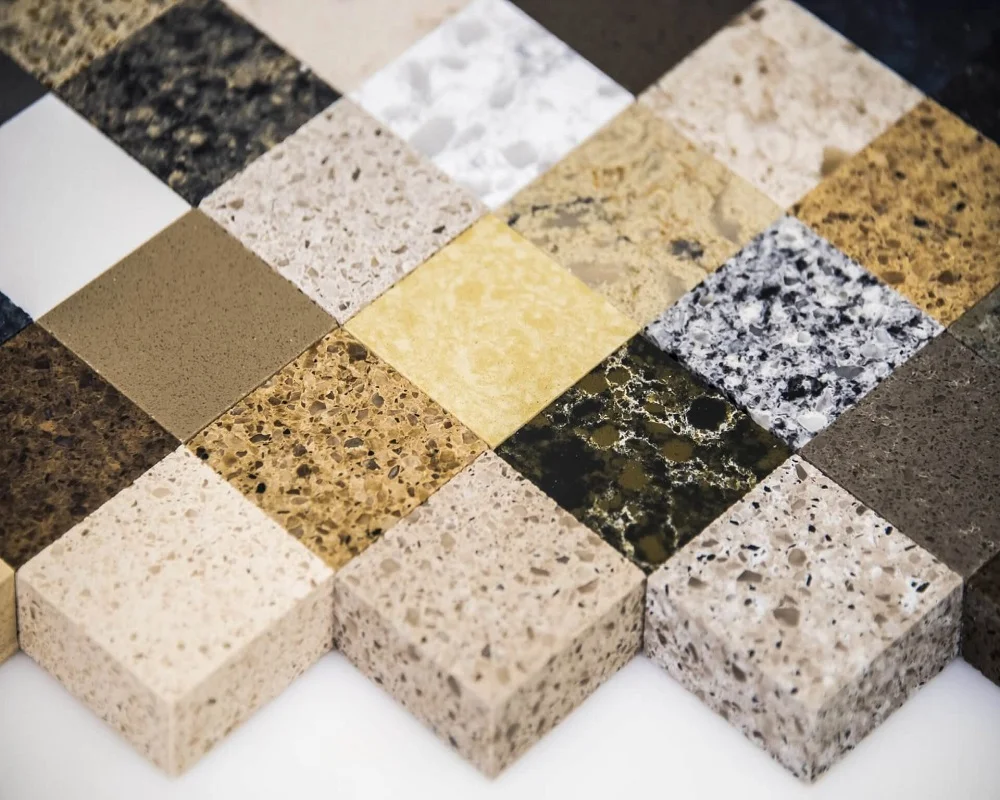FAQ
A: Marble flooring refers to the use of marble, a natural stone known for its elegance and durability, as a flooring material. It is a popular choice for residential and commercial spaces due to its luxurious appearance and long-lasting nature.
A: Marble is a highly durable material, capable of withstanding heavy foot traffic and lasting for many years. However, it is important to properly maintain and care for marble flooring to ensure its longevity.
A: Yes, marble flooring can be installed in various areas of the house, including living rooms, bedrooms, kitchens, hallways, and bathrooms. It adds a touch of sophistication and elegance to any space.
A: Regular cleaning of marble flooring involves using a soft broom or vacuum cleaner to remove dust and debris. It is important to avoid using abrasive cleaners or acidic substances, as they can damage the marble. Instead, clean spills with a mild, pH-neutral cleaner and wipe dry.
A: Yes, there are various types of marble available, each with its unique color, veining, and characteristics. Popular types include Carrara, Calacatta, Emperador, and Statuario, among others. Each type offers a distinct aesthetic, allowing for a wide range of design possibilities.
A: In some cases, marble flooring can be installed over an existing floor. However, it depends on the condition and type of the existing floor. It is best to consult with a professional installer to assess the feasibility of installation.
A: Yes, marble flooring typically requires sealing to protect it from stains and moisture penetration. The frequency of sealing depends on factors such as foot traffic and the type of sealer used. It is recommended to consult with professionals for proper sealing and maintenance guidance.
A: The cost of marble flooring can vary depending on factors such as the type of marble, installation complexity, and the size of the area. It is advisable to obtain quotes from reputable suppliers and installers to get an accurate estimate for your specific project.





